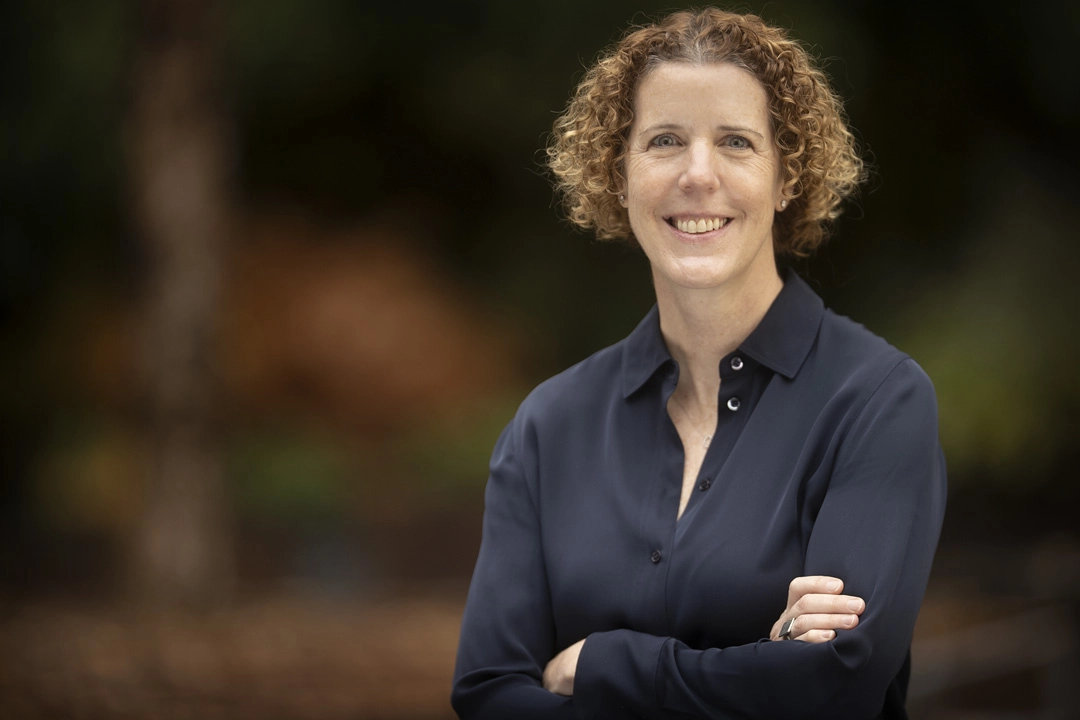Beth Buffalo
Professor & ChairWayne E. Crill Endowed Professor
Beth Buffalo is Professor and Chair of the Department of Physiology and Biophysics. Dr. Buffalo received her M.A. in philosophy and her Ph.D. in neuroscience from the University of California, San Diego. She then completed her postdoctoral training with Dr. Robert Desimone at the National Institutes of Health (NIH). In 2005, Dr. Buffalo joined the faculty in the Department of Neurology at Emory University School of Medicine and the Yerkes National Primate Research Center as an assistant professor and was promoted to associate professor with tenure in 2012. She then moved her laboratory to the University of Washington in 2013. Her research has been supported by awards from the NIH, the Simons Foundation, the McKnight Foundation, Pfizer, the Defense Advanced Research Projects Agency (DARPA), and she was the 2011 recipient of the Troland Research Award from the National Academy of Sciences for her innovative, multidisciplinary study of the hippocampus and the neural basis of memory.
- Systems neuroscience
University of California, San Diego, 1998
Neural Mechanisms of Learning and Memory
The focus of our research is to contribute to a better understanding of the neural mechanisms involved in learning and memory. Using neurophysiological techniques, we record simultaneously from multiple electrodes in the hippocampus and surrounding cortex in awake, behaving monkeys. We investigate how changes in neuronal activity correlate with the monkey’s ability to learn and remember. We are particularly interested in the activity of neuronal networks that underlie learning and memory processes. We use spectral analysis techniques to investigate the role of oscillatory activity and neuronal synchronization in cognition.
Previous studies have identified a system of structures in the medial temporal lobe that is critical for declarative memory, the ability for the conscious recollection of facts and events. This system of structures includes the hippocampus and the surrounding cortical regions. These are the structures that are affected first in Alzheimer’s disease, and lesions of these structures produce profound memory deficits. Our research focuses on potential mechanisms by which these structures set up new memories and how these structures might work together during memory formation and retrieval. Along with modulations in spiking activity of individual neurons, we investigate the role of synchronous oscillatory activity across networks of neurons.
